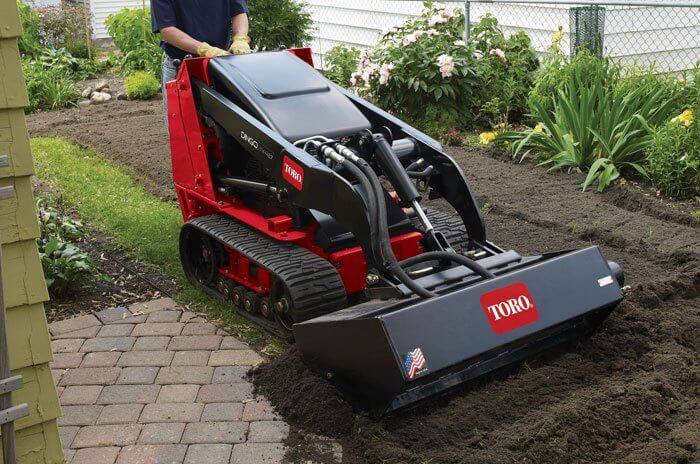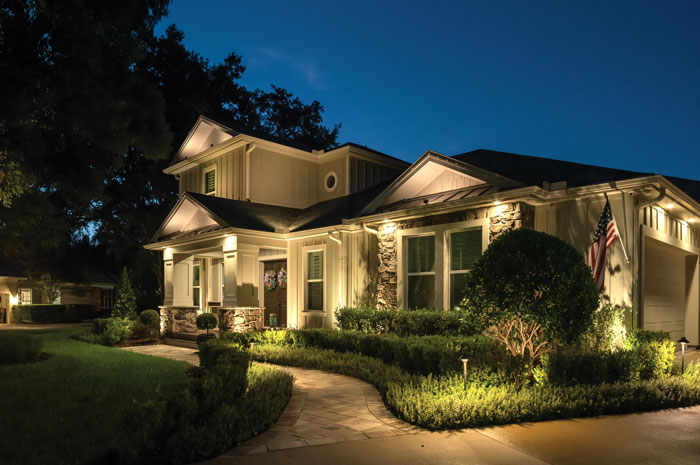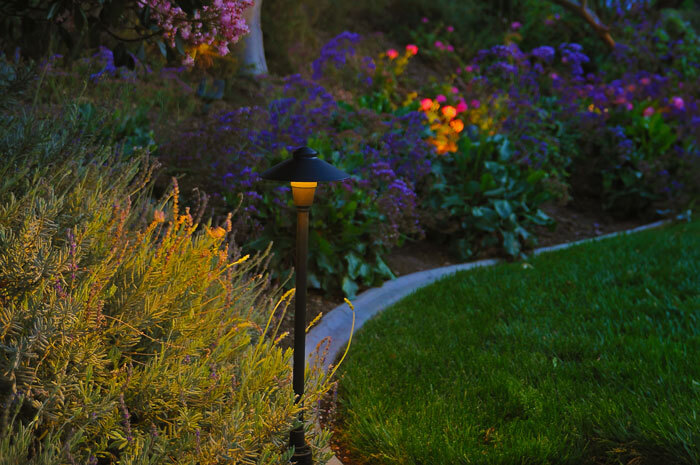
When planting a new lawn, or if you have noticed standing water issues, take the time to fix any existing grade problems to ensure you’re mitigating any potential damage to your yard, landscape and home. While it may seem best to have a completely flat yard, you actually want a grade that slopes away from your house so that water runs away from your foundation. When water is able to settle against the foundation, it can cause long-term issues.
While the consequences of an improperly graded yard can be severe, regrading doesn’t have to be expensive. Especially if you’re dealing with a smaller yard, it can be easily handled as a DIY project as long as you take a few simple steps.
What is Yard Grading?
A yard or landscape’s grade is the gentle slope of the ground away from the house. If you notice standing water or puddles in your lawn, the grade likely needs to be redone, especially if there has been a lot of foot traffic in that area since it was last graded.
How to Grade a Yard by Hand
If you don’t want to do it by yourself, there are plenty of companies out there that can regrade your lawn for you. However, land grading costs typically run from $50 to $100 per hour. This means homeowners may be paying $1,018 to $3,261 or more, according to Angi.
Luckily, grading a yard by yourself is fairly easy, even if you choose to do it by hand. Earth-moving equipment is available at machine rental stores if you have a large landscape or want extra help. Often it can be done by hand using a hoe, landscape rake and/or shovel.
What Equipment Do I Need?
When you get started grading your landscape, you will want:
- Two wooden stakes
- A carpenter’s level
- 12 feet of string
- Measuring tape
- A hoe, landscape rake and/or shovel
- OPTIONAL: Earth-moving equipment. For smaller yards (or someone who really wants a workout), a landscaping rake is perfect for working topsoil into the proper grade. Projects that need a bit more work would benefit from small electrical earth-moving equipment that can be found for rent or to buy.
Finding the Slope
The first rule of grading your landscape is that the ground should slope away from your house in all directions, dropping at least two or three inches every ten feet. The maximum slope in a lawn should be twelve inches for every four feet. If the drop is greater than twelve inches you should plan to build a low retaining wall or cover the slope with a hardy ground cover or ornamental grass, otherwise there is an increased chance of erosion. You don’t want your soil running off the property every time there’s a heavy rain or snowfall, or even when watering the lawn.
To determine whether your lawn is appropriately sloped or not, use the two wooden stakes, 12 feet of string, level and a measuring tape.
- Insert one of the stakes into the soil near the foundation of your home and tie the string at ground level.
- Measure 10 feet from the first stake and insert the second stake into the ground.
- Tie the string around the second stake.
- Using the level, move the string until the bubble is in the center of the level.
- Measure the height of the string on the second stake from the ground up. It should be a minimum of 2-3”.
- If the measurement is less than 2-3”, you will want to increase the ground level near the foundation and smooth out any noticeable bumps. If it is more than 30”, be aware that erosion may occur.Remember: You should check the grade in different areas of the yard, especially around areas where standing water occurs. The lawn won’t be the same grade everywhere, especially where the grass and soil may be condensed due to your family playing or walking through that area.
The Finished Grade
The finished grade (after amendments and sod added) should end up matching the level of existing fixtures — walkways, patios and established lawn. If you will be regrading and replanting with seed, the grade should be one inch lower than your fixtures to make room for grass growth. If you are using sod, the grade should be two inches lower.
The Proper Way to Regrade a Yard
To properly regrade, you will want to remove the topsoil — about 2 inches — from the problem area. If you need to grade most of yard, it may be best to remove all of the topsoil and start from scratch.
Adjust the subsoil by scraping away high areas and filling in low areas that are not flush with the surrounding soil. Spread 2 inches of the reserved topsoil and till it into the first 2 inches of subsoil. This will help prevent drainage problems between the two layers of soil.
Finally, spread the rest of your topsoil, which should add at least another four inches. If you need to add more topsoil, you should buy a loam that is free of debris such as roots, stones, weed, seeds and pesticides.
If you are working with only a few inches and a small yard, regrading can be done by hand using tools such as rakes. But if you see the job becoming more than you can handle, landscaping equipment can often be rented or bought from a local home improvement store, or you can rent online from Toro.com.



